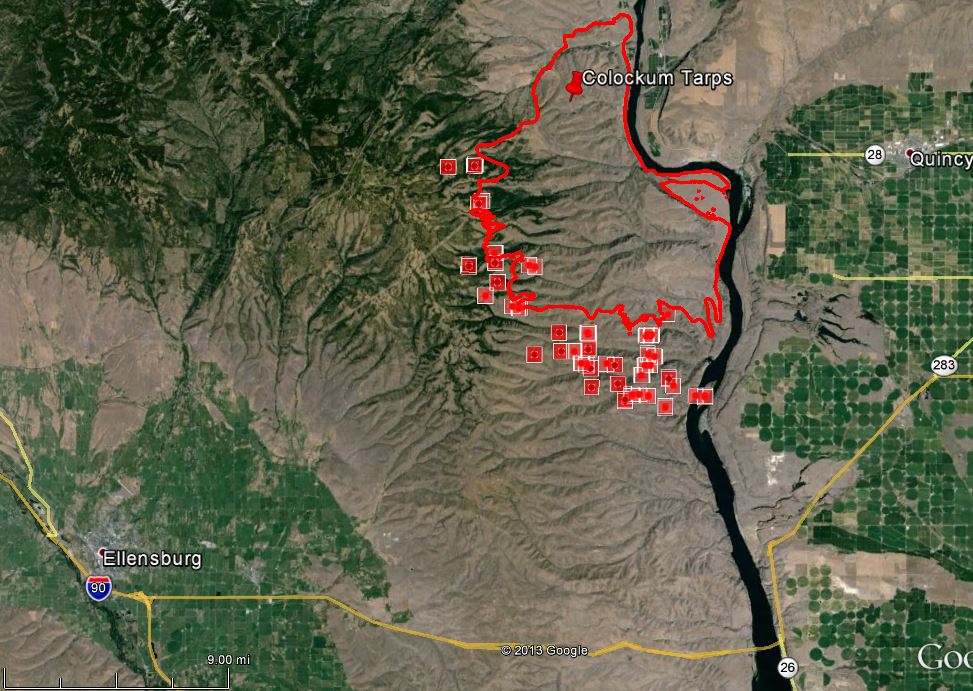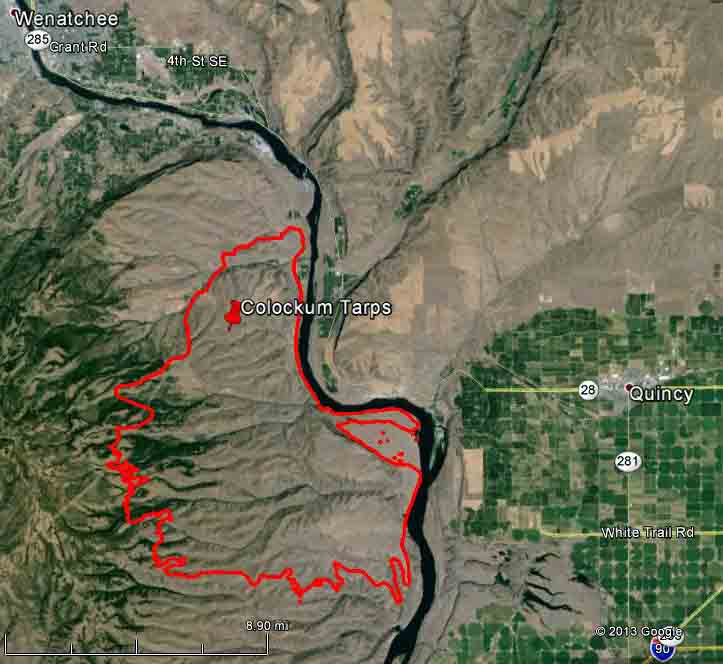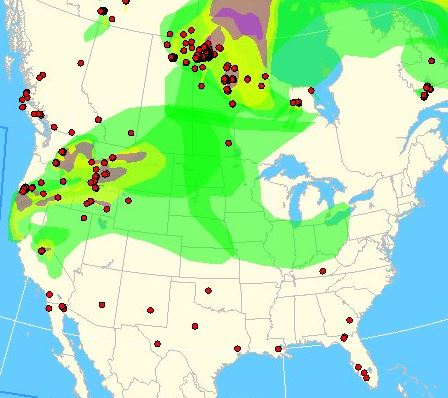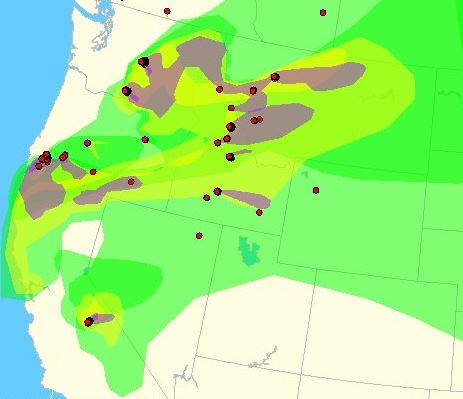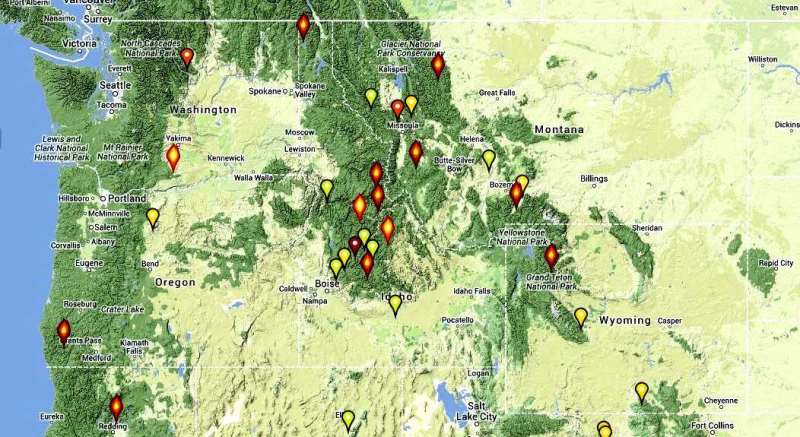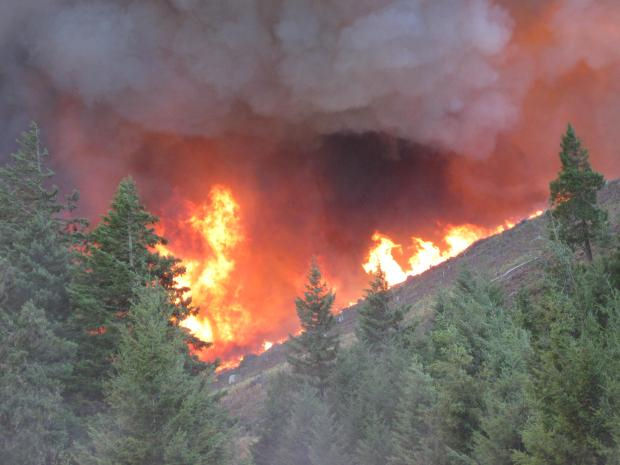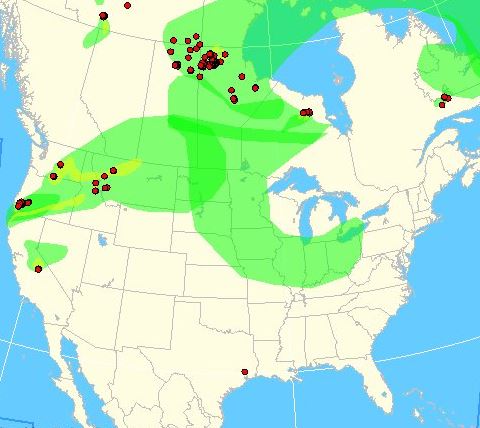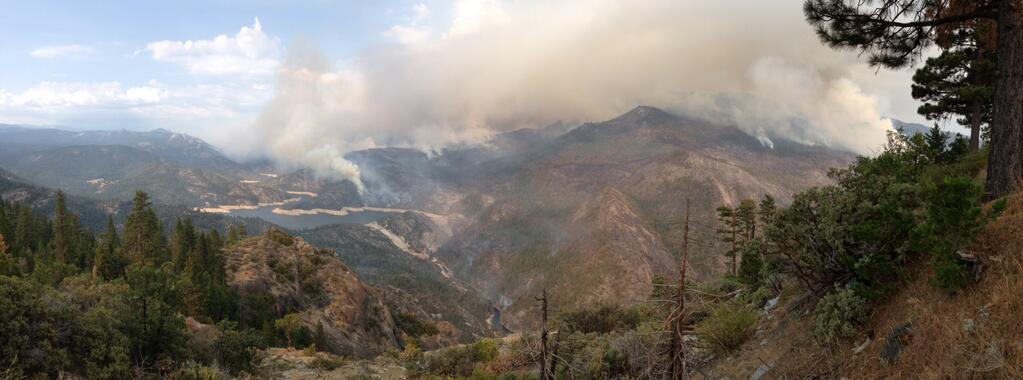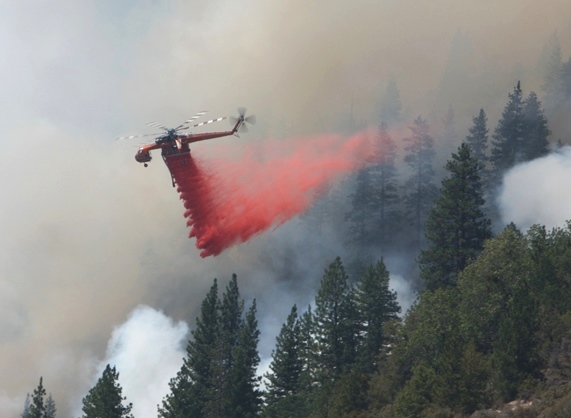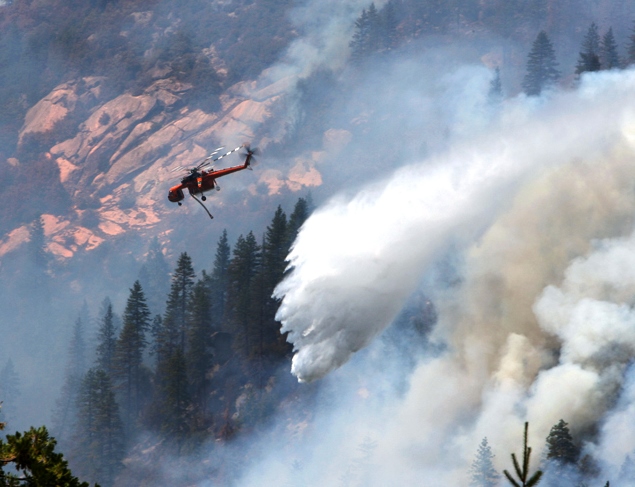Nebraska gets an airtanker
Thanks to the Nebraska legislature’s passage this year of the Wildfire Control Act, a single-engine airtanker (SEAT) and three airtanker bases are now available in the northwest part of the state. The contracted SEAT came on duty July 15 and SEAT bases will be managed by the Nebraska Forest Service (NFS) at Valentine, Chadron, and Alliance.
“Mega-fires” in Nebraska?
Below is an excerpt from a press release from the Nebraska Forest Service about the above airtanker, along with a warning about possible “mega-fires” in Nebraska:
The Legislature passed the Wildfire Control Act to beef up the state’s approach to wildfires in the wake of massive summer blazes last year that threatened property and strained local budgets. The effort to place more firefighting resources in remote corners of the state comes as forestry officials warn the state is likely to face more massive wildfires in the future.
Dr. Scott Josiah, state forester, has said he expects Nebraska to have larger and more intense “mega-fires,” citing heat, drought and climate change, as well as the spread of the highly flammable eastern redcedar tree.
The SEAT is a step in the right direction, but we doubt that one 800-gallon aircraft can prevent or suppress a “mega-fire.”
I don’t know whether there is a generally accepted definition of the term “mega-fire,” but at Wildfire Today we have used it to describe fires that burn more than 100,000 acres.
A study on how fire affects bats and other critters
Nick Goforth is working on an MS degree in natural resources management at Texas Tech University. His project examines bat activity at wildfire sites and prescribed fire sites in the Jemez Mountains of New Mexico. You can see an update on his projects at the Verble Fire Ecology Lab website.
A call for more technology for wildland firefighters
Civic Duty, a non-profit charity co-founded by Dr. Michael Omidi and his brother Julian Omidi, recommends using new technology to improve firefighter safety following the deaths of 19 Granite Mountain Hotshots on the Yarnell Hill Fire.
Below is an excerpt from a press release distributed by the organization:
“Fighting wildfires is one of the most dangerous occupations in the world,” says retired CAL FIRE Captain Norman Howell. “Fire creates its own weather. It’s unpredictable, almost like a wild animal, and can turn 180 degrees on you in seconds.”
We may never fully understand all of the circumstances that led to the deaths of the Granite Mountain Hotshots. “I can’t second-guess their decisions,” observes Howell. “But I do know that more new technology can be developed to improve firefighter safety.”
… Howell believes that firefighter safety can be significantly improved with upgrades to protective gear and providing crews with GPS communications equipment that can relay real-time heat patterns and fire behavior data to men on the ground.
A recent New York Times article supports Howell’s thirty-plus years of life-and-death experience fighting wildfires. Weather satellites high overhead can monitor wildfire activity, and capture images of thunderstorms as they form, giving hints of the gusty winds that often accompany them. Remote-controlled unmanned aircraft, flying over a blaze for hours at a time, can take infrared photographs that show its shifting edges.
Those images could be beamed to portable devices carried by firefighters. “That information could all be available on mobile devices in real time so folks could reference that periodically as they’re out in the field fighting the fire,” said Tim Sexton, who manages the Forest Service’s Wildland Fire Management Research, Development and Application program. This summer, in a pilot program, the Forest Service is testing out Android tablets. Last year the agency tested iPads and smartphones.
Colorado nursery donates plants to victims of wildfires
A nursery in Pueblo is donating thousands of perennial plants to victims of the Waldo Canyon and Black Forest fires that destroyed over 800 homes in and near Pueblo within the last year. Southwest Farms teamed up with volunteers at a Colorado Springs church on Saturday and handed out 6,000 plants and a mix of native grasses.
